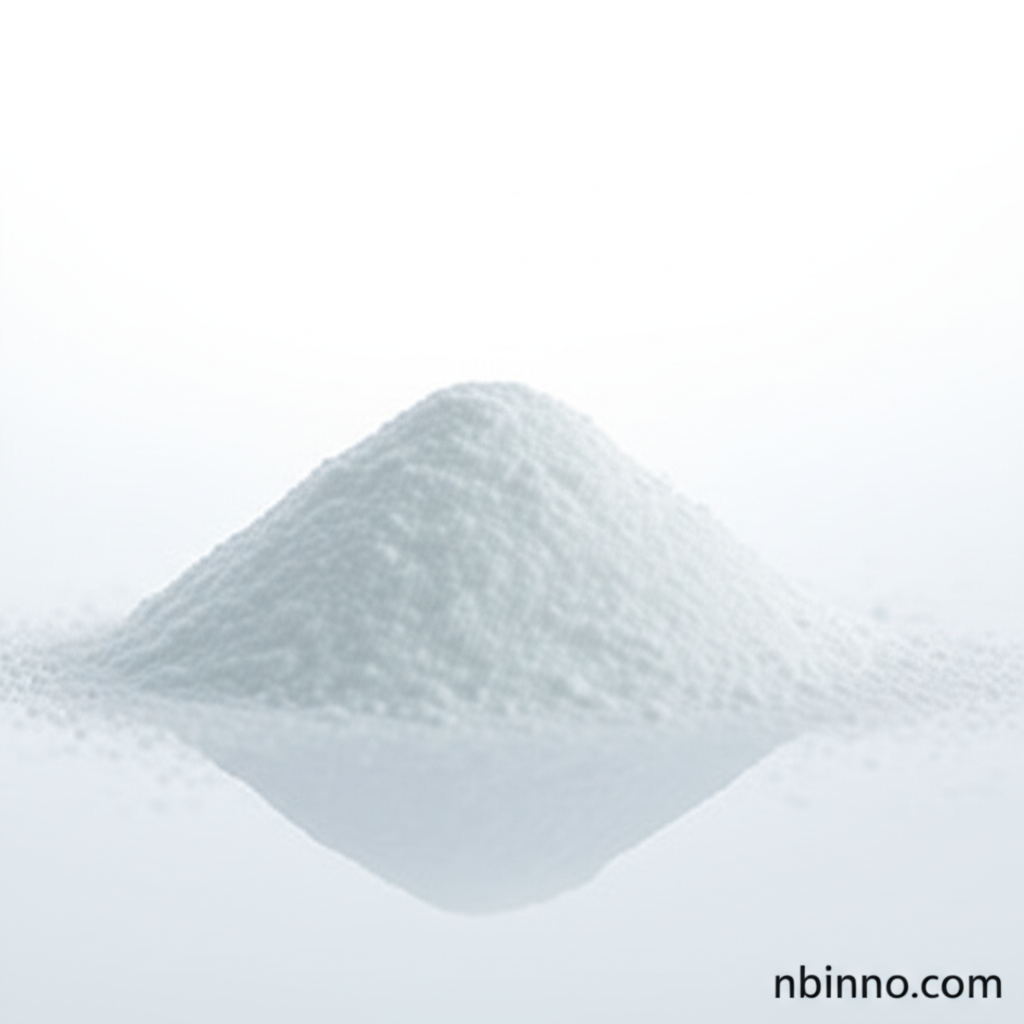Tris(2-Chloroethyl) Phosphite: A Versatile Chemical for Flame Retardancy and Organic Synthesis
Discover the key applications and properties of CAS 140-08-9 for industrial and research needs.
Get a Quote & SampleProduct Core Value

Tris(2-chloroethyl) phosphite
This organophosphite compound, identified by CAS 140-08-9, is a colorless liquid with a characteristic odor, highly valued for its dual role as a flame retardant and plasticizer in various industrial applications, particularly within the plastics sector. Its chemical versatility also extends to organic synthesis, biochemistry, and specialized uses like nanoparticle synthesis as a cross-linking agent.
- Discover the key applications of Tris(2-chloroethyl) phosphite for flame retardant needs, offering enhanced safety in polymer materials.
- Explore the chemical properties of Tris(2-chloroethyl) phosphite, including its solubility and stability in various conditions for effective use.
- Understand its utility in organic synthesis, leveraging CAS 140-08-9 as a crucial building block or reagent in complex chemical reactions.
- Learn about its function as a plasticizer additive, improving the flexibility and processability of polymers.
Product Advantages
Enhanced Flame Retardancy
The incorporation of Tris(2-chloroethyl) phosphite significantly improves the flame retardant properties of materials, a critical factor for safety in many products, aligning with the need for effective plasticizer additive uses.
Versatile Chemical Intermediate
As a key component in organic synthesis, this compound enables the creation of complex molecules and novel materials, serving as a reliable building block for researchers and manufacturers.
Broad Compatibility
Its miscibility with most organic solvents makes Tris(2-chloroethyl) phosphite easy to integrate into various formulation processes, simplifying its application in diverse industries.
Key Applications
Flame Retardant Formulations
Utilized in plastics and polymers to impart resistance to ignition and flame spread, enhancing product safety and meeting regulatory standards for CAS 140-08-9 flame retardant applications.
Plasticizers
Acts as a plasticizer, improving the flexibility, workability, and durability of polymers, a key aspect of its role in plasticizer additive uses.
Organic Synthesis
Serves as a valuable reagent and intermediate in the synthesis of fine chemicals and pharmaceuticals, showcasing its importance in organic synthesis.
Nanoparticle Synthesis
Functions as a cross-linking agent in the synthesis of nanoparticles, contributing to advanced material science research and development.
